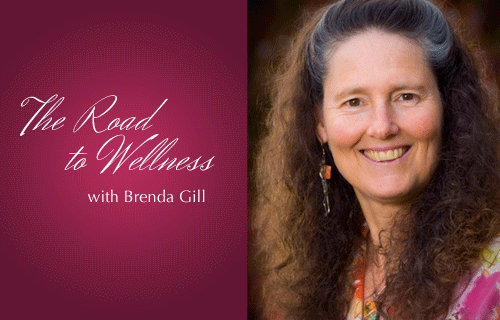Seasonal Affective Disorder: How to minimize it early on
After waking up last Saturday morning to a brilliant blue sky after all that new snow on Friday, I couldn’t help but jump out of bed and go for a cross-country ski up at Paulson.
I still hadn’t had enough of that sunshine, so, I went for a back-country ski on Sunday afternoon up at the pass. I felt like I had been sunshine-starved for a few weeks.
It’s hard to look forward to winter if you don’t like the snow sports and are affected by the grey low-hanging clouds and fog. However, if you can’t get outside there is an effective solution.
SAD is seasonal problem that affects about 2-5% of Canadians and is 8x more common in women especially in their 20’s and 30’s. The number of people over 65 suffering from this disorder is lower, with the rate beginning to decline around the fifties.
The severity and symptoms vary from person to person; however, the most common symptoms are:
- Low mood, decreased interest in normally pleasurable activities
- Decreased concentration
- Over-sleeping (often an increase of 4 hours or more each day)
- Low energy and lack of drive/motivation/feeling “blah”
- Intense craving for carbohydrates and sweets
- Weight gain
- Withdrawl from social contacts
- Sensitive to barometric pressure
- Increased hormonal problems due to the altered chemical balance
Here are some ways you can minimize the effects of low light days:
- Get outside at lunch for at least 20 minutes to maximize light into the retina. Most of the time, it is good to refrain from wearing sunglasses, since the intensity of sunlight at this time of year is minimal and we need to get the sunlight to hit the back of the retina to form the proper hormones for mood stability. NOTE: Contacts are all U-V protected, so, you never get full spectrum light to the retina with contacts. Therefore, you should try and wear regular glasses when going out for a walk at lunch.
- Replace reading lamp lights or lights where you spend significant time with full spectrum lights and try to be under these for at least 1 hour/d reading or spending time. They can be bought at any hardware store and are called Reveal lights and are a purplish-blue colour. This helps to give you the amount of natural light you need at this time of year.
- Use a SAD light that has a specific range of light wavelengths. These are usually a bright light box fitted with high-intensity light bulbs using either full spectrum or white light. Usually ½ hour of exposure per day will do the trick!
A recent study that used light therapy in the workplace, so that the participants received morning or afternoon light, showed all experienced a significant reduction in lows and improved positive mood, energy, alertness and productivity. Adequate light is vital to healthy living especially when it comes to maintaining our body’s circadian rhythms.
This internal clock controls numerous functions from hormone levels to sleep and wake cycles. Proper amounts of light keep this rhythm balanced. Light is turned into electrical impulses by the eye. These travel along the optic nerve to the brain, which trigger the release of the mood altering hormone serotonin and other chemical messengers.
Light therapy has been used effectively for over 20 years. Studies have shown that even after only a week of daily sessions, symptoms improve significantly. Light not only increases the mood-elevating levels of serotonin, but, also reduces the daytime levels of melatonin which promotes sleep.
These increased levels of neurotransmitters contributes to increased energy, better moods and a reduction in carbohydrate cravings. It can also minimize PMS, chronic anxiety and panic attacks, severe jet lag and for some eating disorders.
So, try these steps if you feel you just don’t have the energy you feel you want at this time of year.
Brenda Gill is a naturopath practising in Nelson and Rossland, BC.


























Comments